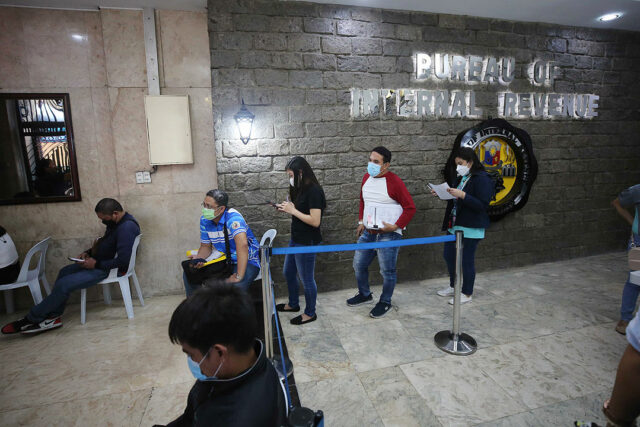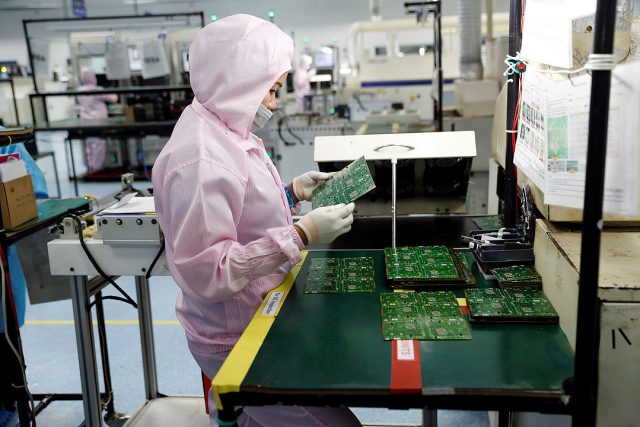IN BRIEF:
• During tumultuous times, stakeholders expect insurers to deliver more value through greater protection, holistic solutions, and personalized experiences.
• By incorporating trust and “impact by design” into the company’s strategies, insurers attract more loyal customers, increase profitability, and reinforce relationships with partners and regulators.
Stiff competition, shifting regulatory policies, and increased investor expectations have elevated the importance of trust and transparency in today’s insurance industry. Investors are seeking not only greater coverage that spans years or decades but also ethical practices and long-term viability. This trend underscores the current investor climate where discernment is especially airtight, promoting healthy and sustainable practices within the industry.
However, this development comes with its own set of challenges for insurers, including developing robust risk management mechanisms and adopting newer technologies across a range of services. Amidst growing competition, the main challenge for most insurers will be transforming their organizations into “preferred partners” instead of mere product providers.
These trends and insights were highlighted in the EY Global Insurance Outlook 2024; furthermore, this comprehensive report explores purposeful strategies to help insurers achieve sustainable performance given the ever-evolving nature of the industry.
The report provides salient insights, giving insurers the following key points of action to secure a competitive advantage.
PRIORITIZE TRUST
Trust is the bedrock of the insurance industry — the core of every interaction, communication, and policy. Moreover, trustworthiness actively guides product development, customer-facing process automation, ecosystem partner evaluation, and technology adoption.
Consumers will trust firms that provide the right advice, create the right solutions, and provide products and services that deliver tangible societal value. According to the EY Global Insurance Survey 2021, most consumers (79%) trust insurers that demonstrate genuine commitment to environmental, social and governance (ESG) principles when making purchasing decisions. Additionally, 43% prefer purchasing from companies that positively contribute to societal welfare, despite higher costs.
By incorporating trust into the company’s strategies, insurers can attract loyal customers, increase profitability, and reinforce relationships with partners and regulators.
ENSURE TRANSPARENCY AND PRIVACY
While insurers should take advantage of generative AI (GenAI) to reduce the savings and protection gap and satisfy new customer demand, companies should also be mindful of its actual and perceived risks. This gap refers to the shortfall between what individuals have saved for their future needs and what they should ideally have to adequately protect themselves or their assets against various risks, such as health issues, job loss, and damage or loss of property.
The EY European Financial Services AI Survey 2023 showed that privacy (31%) ranks as the top concern among European Insurance executives around the ethics of GenAI followed by discrimination, bias, and fairness (26%); and transparency and explainability (21%).
More than just legal and regulatory requirements, transparency and privacy are key components to establishing and maintaining client trust. Because data privacy is a significant public concern, companies must secure investor information and maintain transparency regarding its use and access.
REDESIGN, SIMPLIFY, AND PERSONALIZE YOUR PRODUCTS
Given the industry’s dynamic nature, prioritizing customer-centricity has emerged as the strategic “north star” for all insurance companies. This involves providing customized products that are convenient to procure, cost-effective, and augmentable with supplementary services and personalized recommendations.
Prioritizing the needs and preferences of customers requires companies to undergo a holistic transformation across various aspects of their operations. This includes updating technology infrastructures, redesigning product portfolios, and restructuring organizational setup to better engage and serve new and existing customers.
Precise customer knowledge is the foundation for more personalized service and richer experiences delivered via preferred channels. According to EY Tech Horizon Global Survey 2022, 9% of global insurers plan to use AI and data science to drive product innovation through new offerings and personalization.
INNOVATE WITH DATA FOR VALUE
Revisit existing data from a new perspective, one that delivers value-driven solutions to your investors and partners. During tumultuous times, stakeholders want insurers to deliver more value through comprehensive policies, holistic solutions, and personalized experiences.
EMBRACE ‘IMPACT BY DESIGN’
The “impact by design” principle harmonizes the interests of the planet, people, and profit in developing products, services, or solutions that deliver societal value. Incorporating this into the company’s strategy leads to stronger customer acquisition and loyalty, higher employee satisfaction, and improved access to capital.
Nowadays, compliance-driven thinking and expanded philanthropic endeavors are imperative. Specifically, product innovation, new business models, and purposeful investments can help insurers unlock growth as they safeguard themselves against climate risk, promote financial well-being, and encourage physical and mental health.
ENGAGE REGULATORS TO ADDRESS PROTECTION AND SAVINGS GAPS
Proactively addressing consumer protection and savings gaps with authorities and regulators demonstrates the commitment of an organization to building trust and confidence in the market, shaping a more favorable business environment for everyone.
MEASURE TRUST EFFECTIVELY
To evaluate investor trust or perception, organizations must first establish specific metrics. Quantifying trust allows the company to track progress, identify pain points, and cultivate integrity among stakeholders.
Having a high degree of trust is a hallmark of the world’s top insurance brands. The most trusted insurers have a larger and more loyal client base, increased profitability, and more lucrative relationships with partners and regulators.
As highlighted in the 2024 EY Global Insurance Outlook, firms that don’t address today’s historically low levels of customer trust will be vulnerable to rising competition from outside the industry, including firms from the technology, automotive, retail, consumer goods, and banking sectors. An insurance industry that lacks trust will struggle to build strong customer relationships and grow its market share.
STRENGTHEN DATA SECURITY
GenAI promises to revolutionize risk assessment, claims processing, marketing, sales, and other essential business functions. Consequently, senior leaders must take the time to establish robust governance models and policies that ensure the responsible and ethical use of AI. Identifying the full range of risks, which includes data breaches and reputational issues, and designing the right framework for managing them are the top priorities.
Data security is non-negotiable for stakeholders, so strong safeguarding measures are necessary to increase investor confidence in the brand.
If insurers don’t deliver what the consumers want — precisely when, where, and how they want it — customers will take their business elsewhere.
This article is for general information only and is not a substitute for professional advice where the facts and circumstances warrant. The views and opinions expressed above are those of the authors and do not necessarily represent the views of SGV & Co.
Bernalette L. Ramos is an assurance partner and the insurance sector reader, and Charisse Rossielin Y. Cruz is a business consulting partner and the insurance sector deputy leader, both of SGV & Co.












